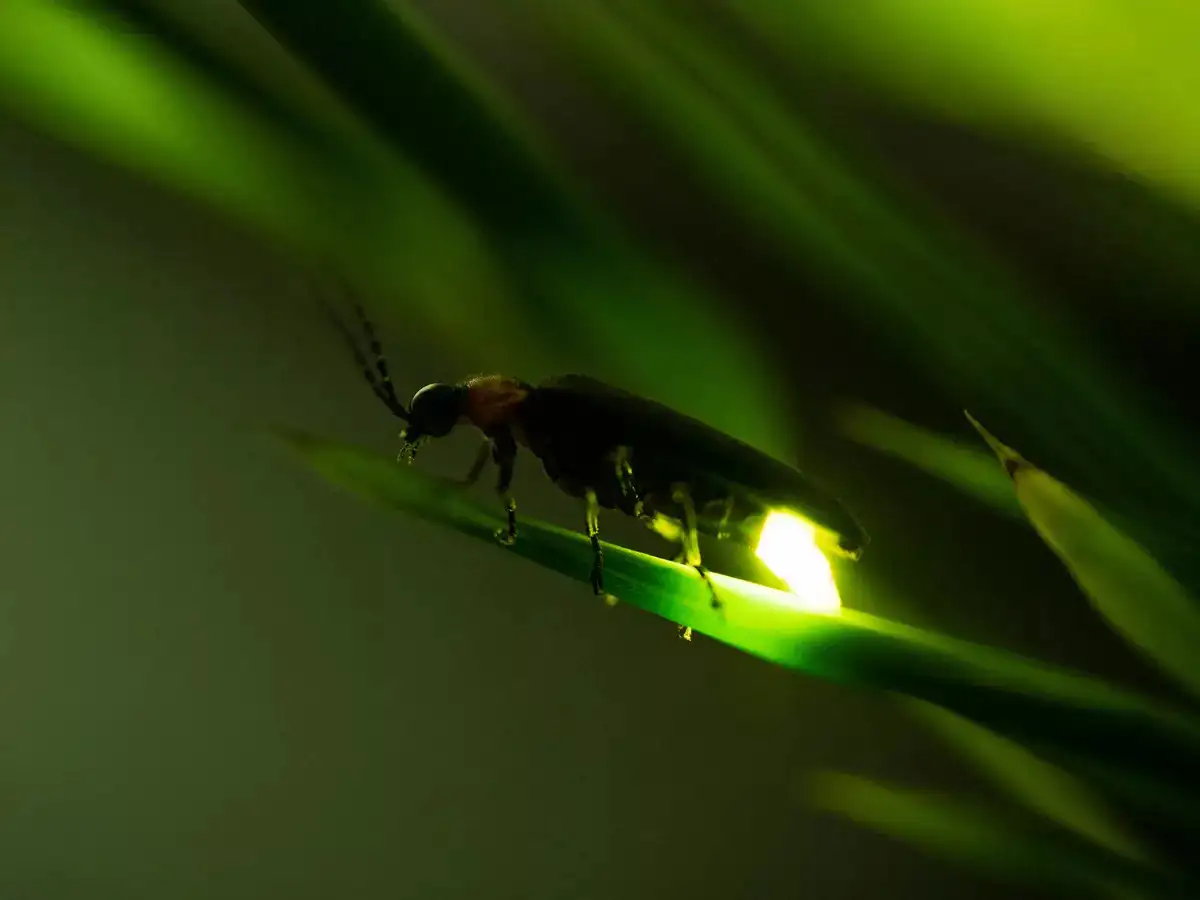For centuries, fireflies have been nature’s living lanterns—tiny flickers of wonder that have enchanted summer nights across the globe. But now, these glowing insects are beginning to vanish, and scientists are sounding the alarm: we could be among the last generations to witness their light.

In many regions, the once-common sparkle of fireflies is becoming a rare sight. Their decline is no longer just anecdotal; it’s backed by data—and it’s accelerating. Experts estimate that global insect populations are shrinking by 1 to 2% every year, and fireflies are among the most vulnerable.
🌍 What’s Causing the Firefly Collapse?
There isn’t just one culprit—it’s a perfect storm of environmental threats:
-
Habitat Destruction: As wetlands, forests, and grasslands are cleared for agriculture and development, fireflies lose the dark, moist ecosystems they depend on to breed and thrive.
-
Light Pollution: Artificial lights—streetlamps, homes, even phones—disrupt the fireflies’ ability to communicate. These insects use light flashes to attract mates, and when cities stay bright all night, their signals get lost in the glare.
-
Pesticides and Pollution: Widespread chemical use harms not just pests but also delicate species like fireflies. Toxic exposure can kill larvae before they ever get the chance to glow.
📉 Shocking Numbers From Around the World
In North America alone, over 11% of known firefly species are already listed as threatened. Conservationists warn this may only be the tip of the iceberg, as many species remain understudied and unprotected.
In Andhra Pradesh, India, where fireflies once lit up the night by the hundreds, recent counts have found only a handful remaining in certain areas. What used to be a display of 500 glowing insects has dwindled to just a few dozen.
And it’s not just fireflies. Entomologists are warning that the broader insect kingdom is collapsing quietly, with cascading effects on pollination, biodiversity, and food webs.
💡 Why This Matters
Fireflies are more than just a pretty spectacle. They’re bioindicators—natural warning signs of environmental health. Their disappearance signals a broader ecological imbalance, one that could impact agriculture, bird populations, and even human food security.
If these gentle lights continue to fade, it won’t just be a loss of beauty. It will be a loss of balance.
🌱 Can We Still Save Them?
Yes—but time is running out.
Scientists and conservationists are urging immediate action:
-
Protect natural habitats, especially wetlands and forests.
-
Limit artificial lighting, especially in rural and ecologically sensitive areas.
-
Reduce pesticide usage and adopt pollinator-friendly landscaping practices.
-
Educate communities about firefly-safe practices—like turning off unnecessary lights during peak mating seasons.
Even small efforts—like creating dark corners in your backyard, avoiding chemical sprays, or planting native grasses—can create sanctuaries for fireflies to return.
🕯️ Final Glimmer of Hope
There’s still time to act—but not much. If we don’t change course, the sparkle of fireflies could become nothing more than a memory, a lost wonder we try to explain to future generations with old photos and faded stories.
Let’s not allow their light to go out on our watch.
Sources:
National Firefly Monitoring Initiative, Xerces Society for Invertebrate Conservation, Indian Institute of Science

